Ultraviolet rays shine out defective beans! How to use ultraviolet lamp to control the quality of coffee roasting?
Professional coffee knowledge exchange more coffee bean information please follow the coffee workshop (Wechat official account cafe_style)
Consistency is the key to coffee roasting. Keeping all variables as uniform as possible helps to maintain a certain level of quality. Ultraviolet (UV) is a tool you can use to help achieve consistency.
Read on to learn how to use UV lights to identify damaged raw coffee beans and improve the final quality of roasted coffee.
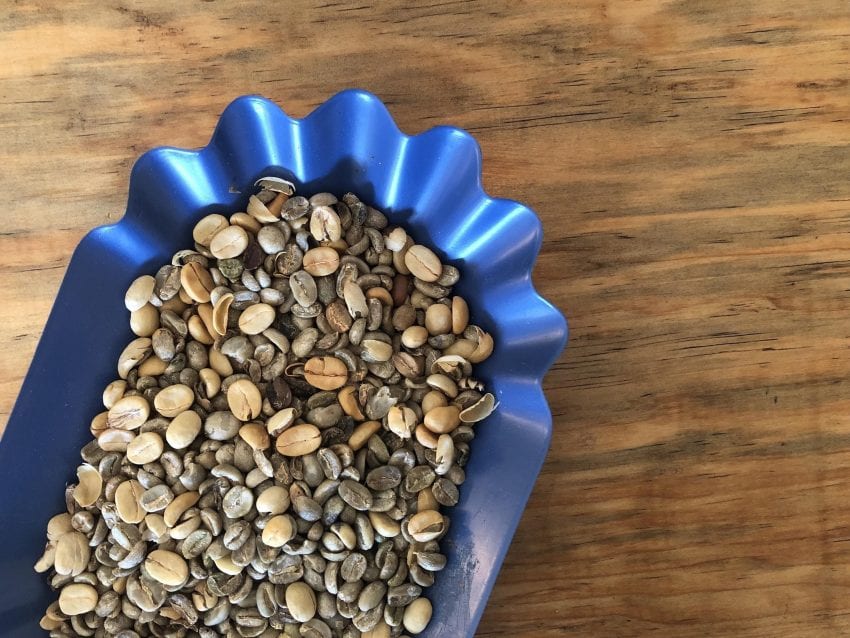
Green coffee and deveres readdy are sorted by defective green coffee beans. Photo Source: Ana Valencia
What is ultraviolet light?
The ultraviolet range of the spectrum is invisible to the human eye, but black light allows us to use ultraviolet light to highlight certain substances.
Black lamps are made in the same way as incandescent or fluorescent lamps, but different materials are used for glass housings or coatings. This means that most of the light emitted is ultraviolet, with only a little visible light in the wavelengths closest to the ultraviolet spectrum (indigo and violets). This is why black lights are usually dark blue or purple.
In the black light, white clothes and other objects glow in the dark. This is because they contain phosphors or substances that absorb energy and re-emit it as visible light.
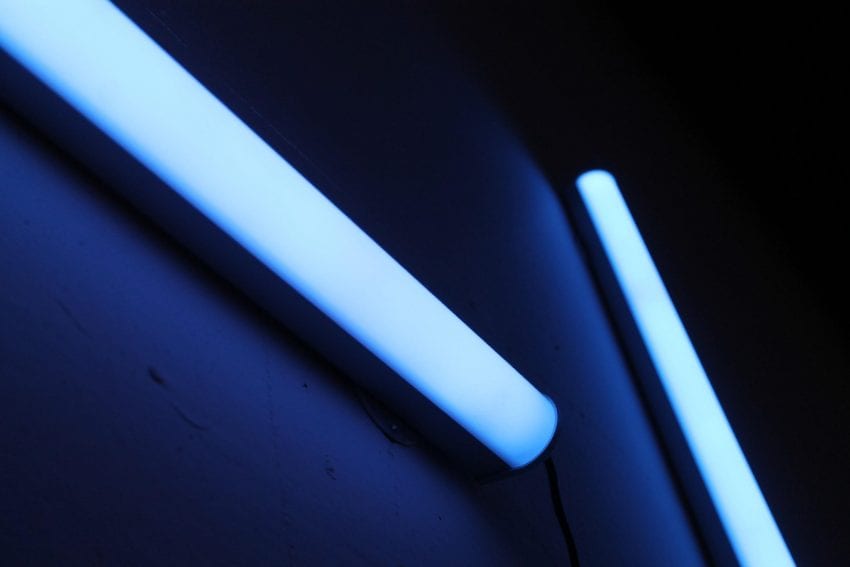
Black light is used for coffee quality control. Photo Source: Rich Smith
How to use ultraviolet light for quality control
But what does ultraviolet light have to do with coffee? As a baker, I have been looking for ways to improve consistency and quality. One way I do this is to use ultraviolet light to find damaged and irregular green beans before baking. I heard that other people were using this technology and were curious, so I bought a $2 black light and did an experiment. You can do it, too.
Preparation
I started with two sample batches: each 350 grams of the most expensive beans I bought and the same number of best-selling beans. Both are processed naturally. You may want to compare two grades of beans or just pick any beans you are interested in. Put them in a baking pan or tray.
Now, turn off the lights and sit down. You don't want to trip in the dark and risk getting hurt. Take a few minutes to adjust your eyes.
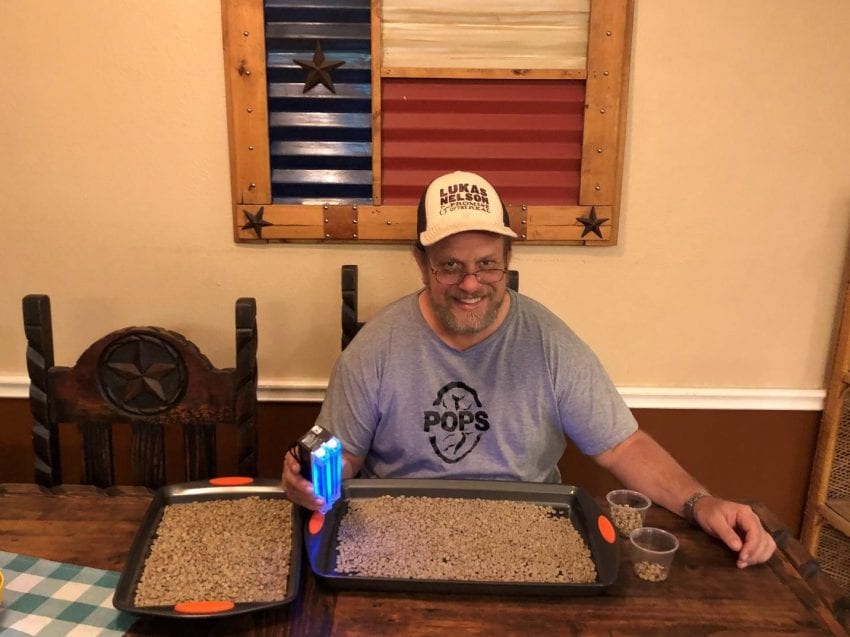
Some coffee samples are ready to be exposed to black light to prepare the sample and test the black light. Photo Source: Mary Beth Stephens
Technical
Don't look directly at the black light and block the light from your eyes. If you happen to see it, please wait for your eyes to readjust.
Increase and decrease the light above the sample. Move the light up and down slowly until you find the perfect position. Different types of coffee will look different in light, but in a batch of products, except for bad beans, all coffee will look the same.
If you have the right level, it will be obvious. Bad beans absorb ultraviolet rays in different ways and can stand out clearly. I believe that the color change between good beans and bad beans is caused by changes in drying and processing. It seems that beans with less moisture glow brighter. Pick out the bad beans.
Some beans emit brighter light under ultraviolet light. Defective beans emit brighter light under ultraviolet light than other samples. Photo Source: Mary Beth Stephens
Appraise
When you pick out all the bad beans, turn on the lights again and evaluate what you get. I found that the ones I separated had obvious flaws. These include broken beans, undeveloped beans, beans infected by boring beetles, and some beans that are mechanically cut or split.
During the day, I would not have seen these defects without careful examination. Using black light helps me pick them more easily.
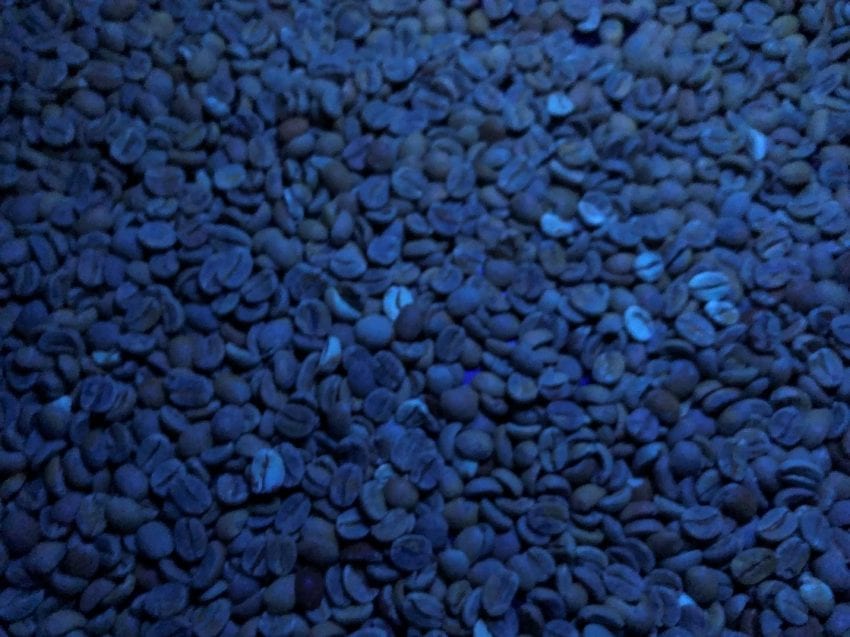
Some green coffee uses ultraviolet rays to detect the effects of using black light technology to detect defective beans. Photo Source: Mary Beth Stephens
The importance of removing bad beans
If some broken or adzuki beans enter the barbecue, why is it important? Because it only needs a defective bean to destroy your coffee.
One might argue that coffee beans (immature coffee beans) and other defective coffee beans add nuances to the cup. But a successful barbecue can heat every bean evenly. Broken or defective beans do not absorb heat at the same rate, resulting in overbaking or underbaking. This has an impact on the final image of your coffee.
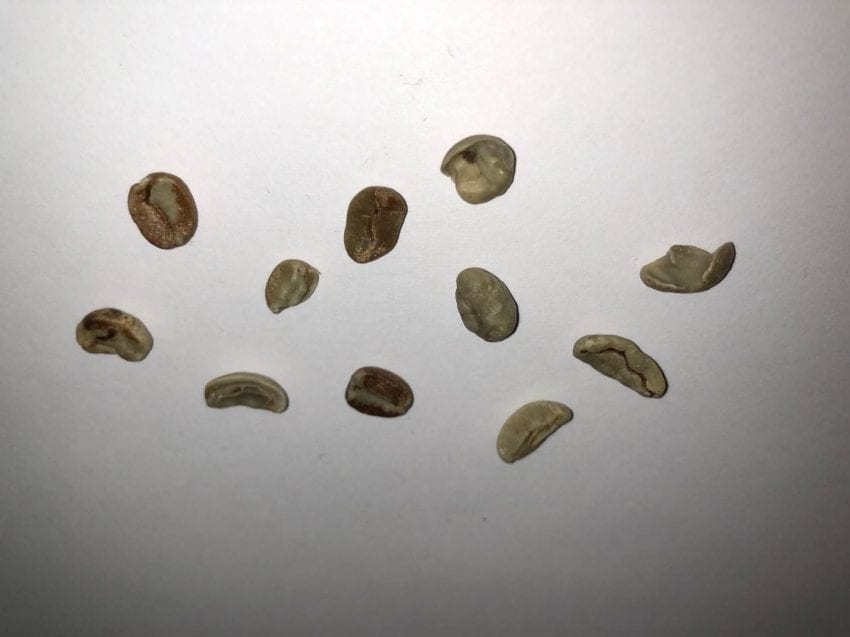
Green beans in black light. Green beans in black light. Photo Source: Ana Valencia
I spent more time analyzing suspicious beans than doing anything else in the bakery. But don't be fooled by silver or discolored beans, especially naturally processed coffee. They don't have a negative effect on the barbecue, so I keep them. They don't look so bad with UV sorting.
No matter how hard I try, some defective beans can always get into the roaster. So I continued to pick bad beans even after baking. It is easy to tell baked beans from overbaked beans by their colors.
Getting rid of bad beans obviously means that the volume of roasted coffee is less than what I bought, but the final roasted coffee has a higher overall quality if I don't take it out. Each roaster has its own variables, but I estimate that my raw material weight loss is about 35% to reduce water loss and separate bad beans. If we get a batch of mung beans that are very different from the sample, the labor cost will also increase.
But I think there is an extra cost to produce better quality coffee, and our customers seem to agree.

The baker is next to the producer author with his roaster, Rosie. Photo Source: Mary Beth Stephens
It may not be possible to remove each defective bean from the batch, but there are ways to greatly reduce the number of defective beans that make it the final cup. Dark lights are cheap and can pick out bad beans faster and more accurately. So why not try this useful quality control tool in the next batch?
END
Important Notice :
前街咖啡 FrontStreet Coffee has moved to new addredd:
FrontStreet Coffee Address: 315,Donghua East Road,GuangZhou
Tel:020 38364473
- Prev
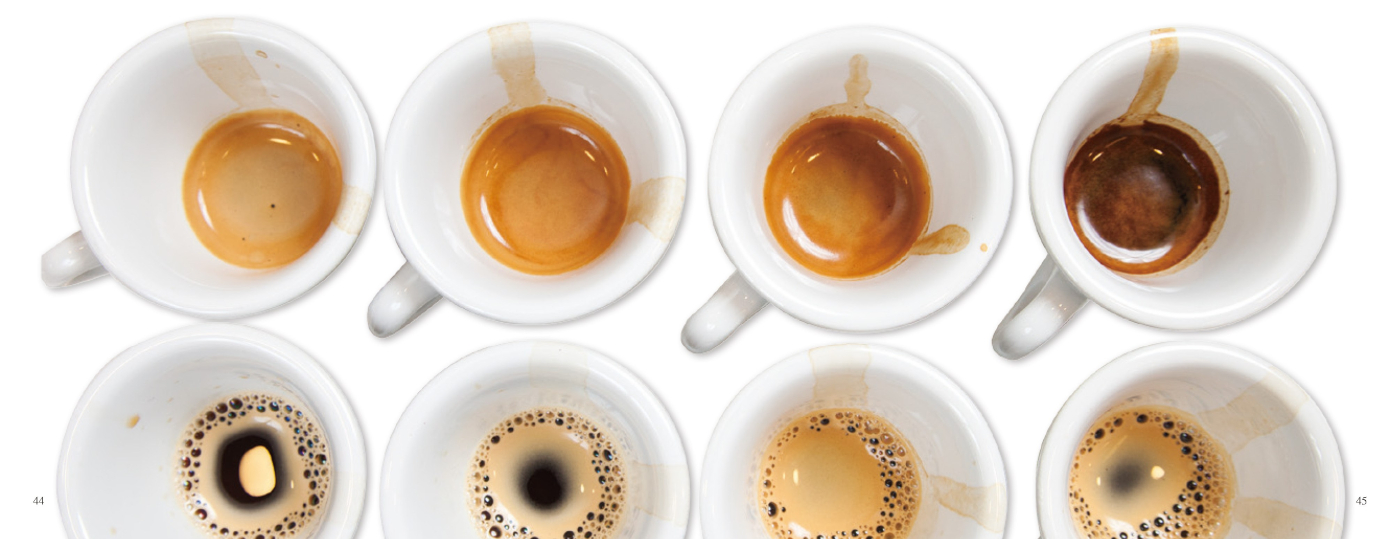
The espresso machine doesn't flush out the soul? How to make a cup of Espresso for boutique coffee beans?
Professional coffee knowledge exchange more coffee bean information Please follow the coffee workshop (Wechat official account cafe_style) boutique coffee wave hit with the second wave of coffee revolution fancy coffee wave, continued to the third wave of revolutionary boutique coffee wave, in this wave will Italian coffee disappear? There is no doubt that I am sure that it will not! A lot of people are talking about
- Next
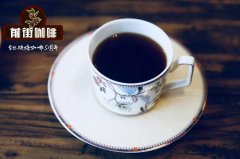
What is espresso? What's the difference between a latte and a cappuccino?
Professional coffee knowledge exchange more coffee bean information Please pay attention to the coffee workshop (Wechat official account cafe_style) espresso originated in Italy, which means very fast in Italian, through the pressure of steam, the coffee liquid is pulled out in an instant. Because this method can last the coffee oil for a long time, the taste is mellow and mellow, and the sour taste is balanced with the bitter taste.
Related
- Beginners will see the "Coffee pull flower" guide!
- What is the difference between ice blog purified milk and ordinary milk coffee?
- Why is the Philippines the largest producer of crops in Liberia?
- For coffee extraction, should the fine powder be retained?
- How does extracted espresso fill pressed powder? How much strength does it take to press the powder?
- How to make jasmine cold extract coffee? Is the jasmine + latte good?
- Will this little toy really make the coffee taste better? How does Lily Drip affect coffee extraction?
- Will the action of slapping the filter cup also affect coffee extraction?
- What's the difference between powder-to-water ratio and powder-to-liquid ratio?
- What is the Ethiopian local species? What does it have to do with Heirloom native species?

